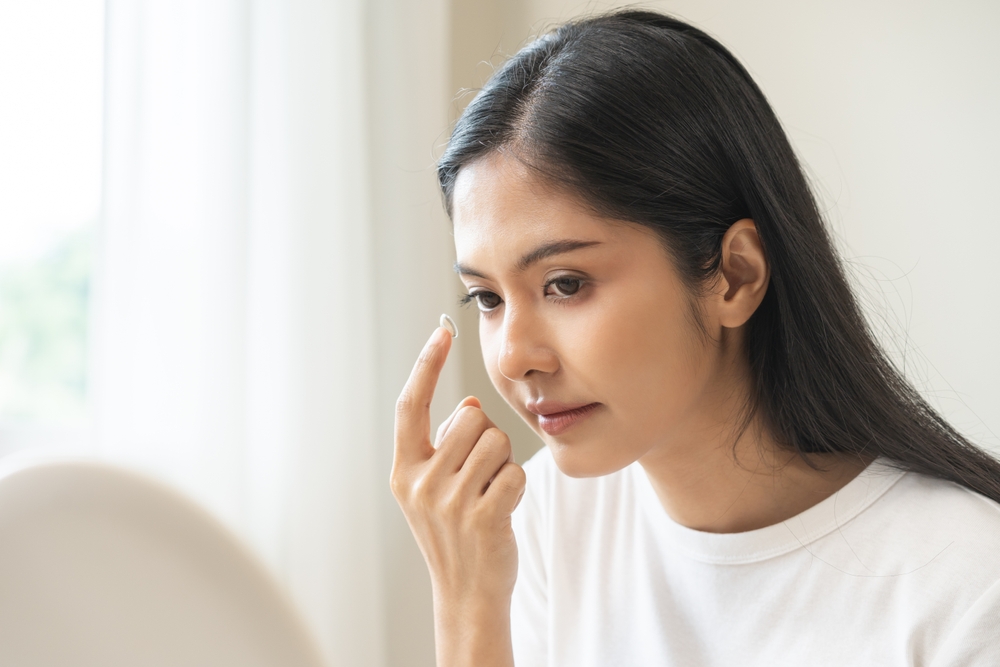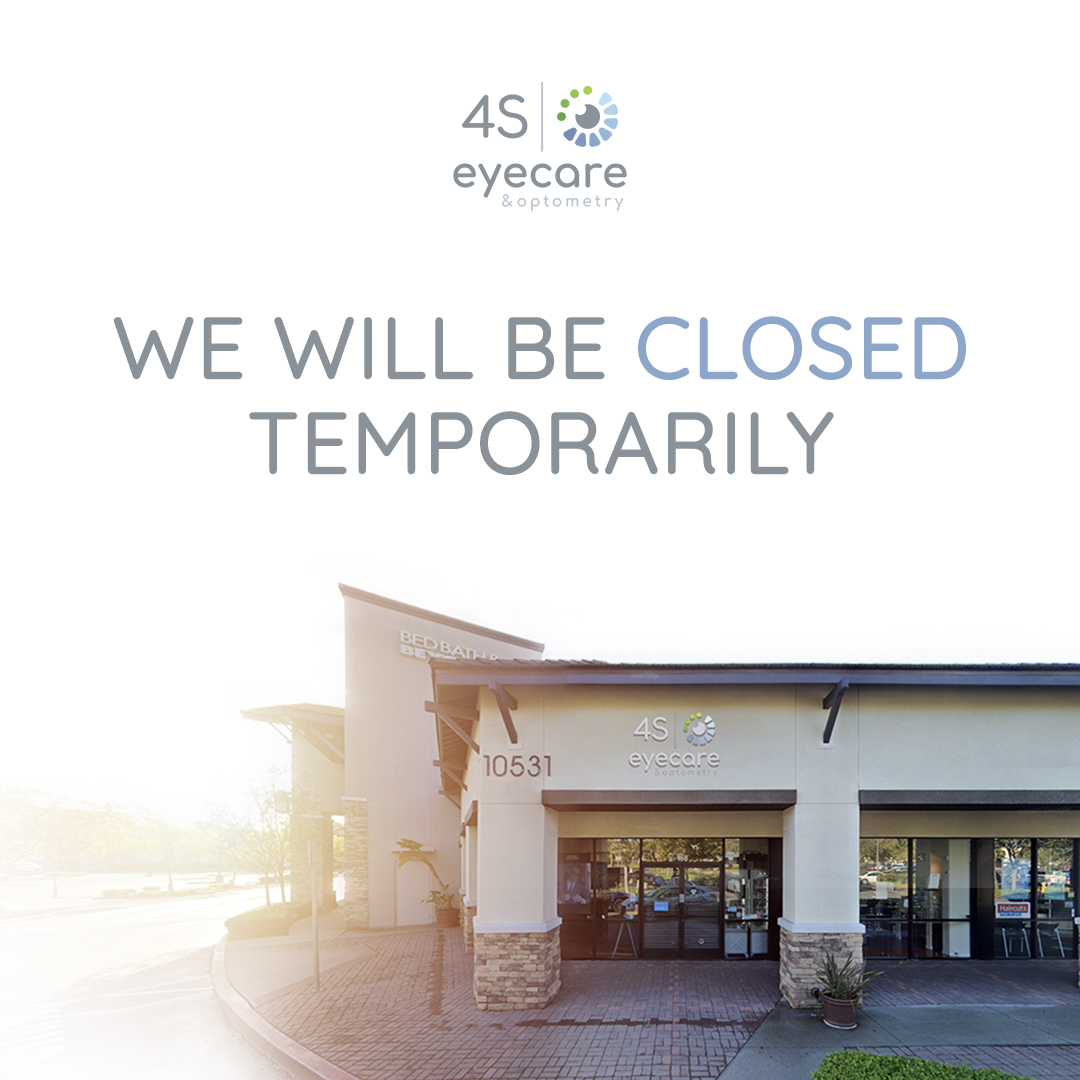
Myopia, also known as nearsightedness, is a common vision condition where close objects appear clearly, but distant objects seem blurry. It’s a problem that has grown exponentially around the world, affecting approximately 1.4 billion people globally, according to the World Health Organization.
Recent advances in optometry have provided us with promising methods to slow down the progression of myopia. This is what we call myopia control.
Understanding the Risk of Eye Diseases
When it comes to the risk of eye diseases, high myopia is a particular concern. High myopia means you have a prescription of -6.00 diopters or more. This level of myopia increases the risk of developing serious eye conditions. You see, the eye becomes elongated with myopia, and this can lead to structural changes in the eye that can cause harm.
One such disease is retinal detachment. With myopia, the retina at the back of the eye can thin and tear, leading to detachment. This is a serious condition that can cause blindness if not treated immediately. Another risk is glaucoma. Studies have shown that people with myopia have a two to three times higher risk of developing this disease, which damages the optic nerve.
Cataracts, a clouding of the eye's lens, are also more common in people with myopia. And finally, macular degeneration, which affects the part of the retina responsible for sharp, central vision, can also occur. In essence, the risks are real and significant, which is why myopia control in optometry has become so crucial.
The Role of Myopia Control
Myopia control involves strategies and treatments to slow the progression of myopia in children and young adults. The goal of myopia control is not to cure myopia; instead, it aims to slow down the rate of progression. Why is this important? Because even a small reduction in myopia can have a significant impact on reducing the risk of eye diseases. For example, reducing myopia progression by 1 diopter can reduce the risk of myopic maculopathy by 40%.
Strategies for Myopia Control
There are various strategies for myopia control. One of the most common is the use of atropine eye drops. At low concentrations, atropine eye drops have been shown to slow the progression of myopia in children.
Another strategy is the use of orthokeratology or Ortho-K. This involves wearing specially designed contact lenses overnight that reshape the cornea, slowing the progression of myopia. Multifocal contact lenses or glasses, which have different powers in different zones of the lens, can also be used.
Lifestyle changes also play a role in myopia control. Spending more time outdoors and taking regular breaks from near work, like reading or using digital devices, can help. Each of these strategies has its benefits, and an optometrist can help determine which is the best course of action for each individual.
The Importance of Regular Eye Check-ups
Regular eye check-ups play a crucial role in myopia control. They allow optometrists to detect changes in vision and prescribe the necessary treatments. These check-ups are especially important for children, as myopia often develops and progresses during childhood. Regular eye exams can help catch myopia early, allowing for early intervention and a better chance of slowing progression.
Managing Myopia for Optimal Eye Health
Myopia control is a game-changer in optometry and vision care. Myopia control not only helps manage myopia but also significantly reduces the risk of developing serious eye diseases.
To learn more on myopia control in reducing risk of eye diseases, visit 4S Eyecare & Optometry in our San Diego, California office. We provide quality eye care services and products for the entire family. Please call or text (858) 675-2020 to schedule an appointment today.









